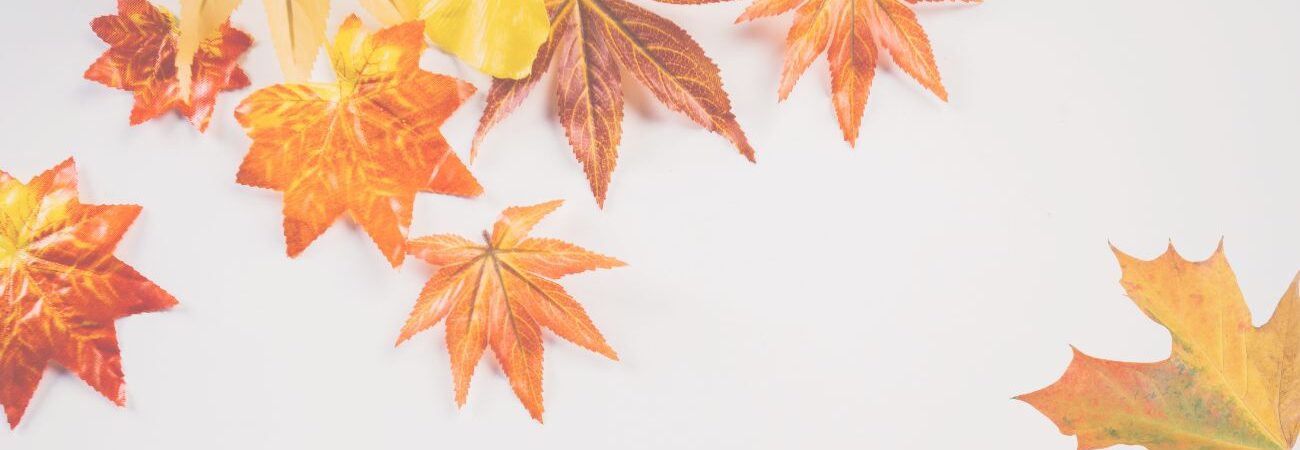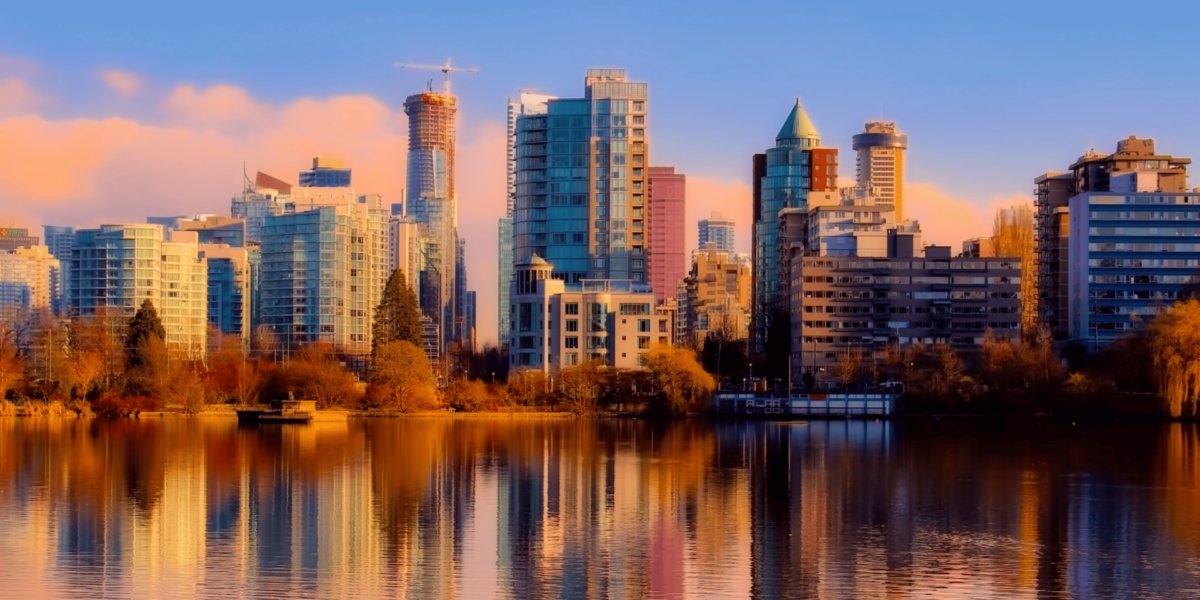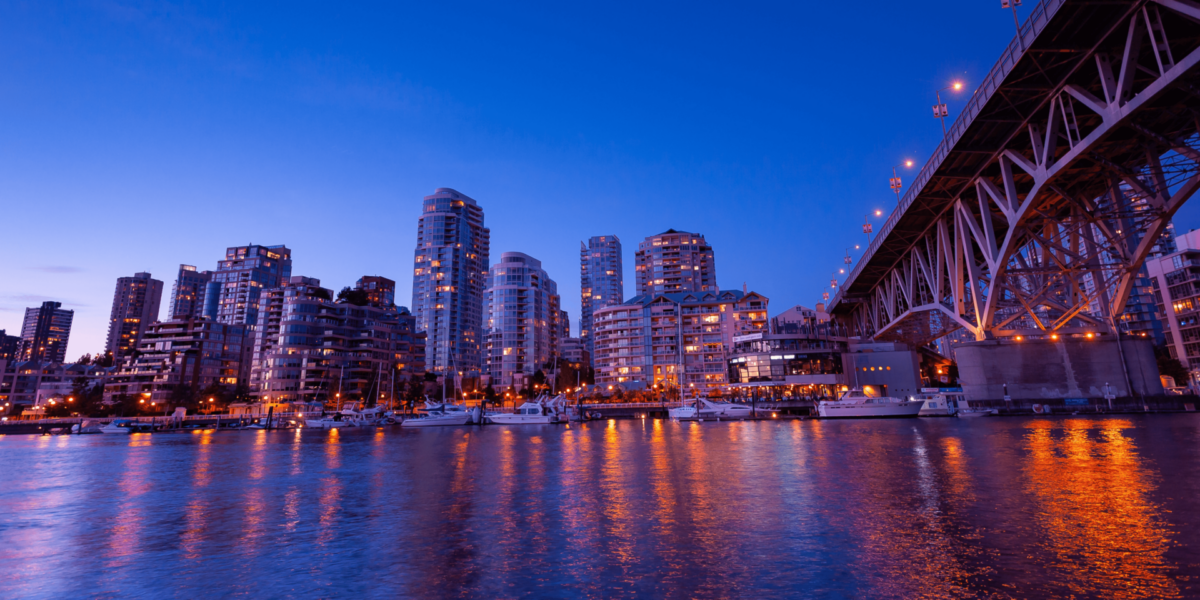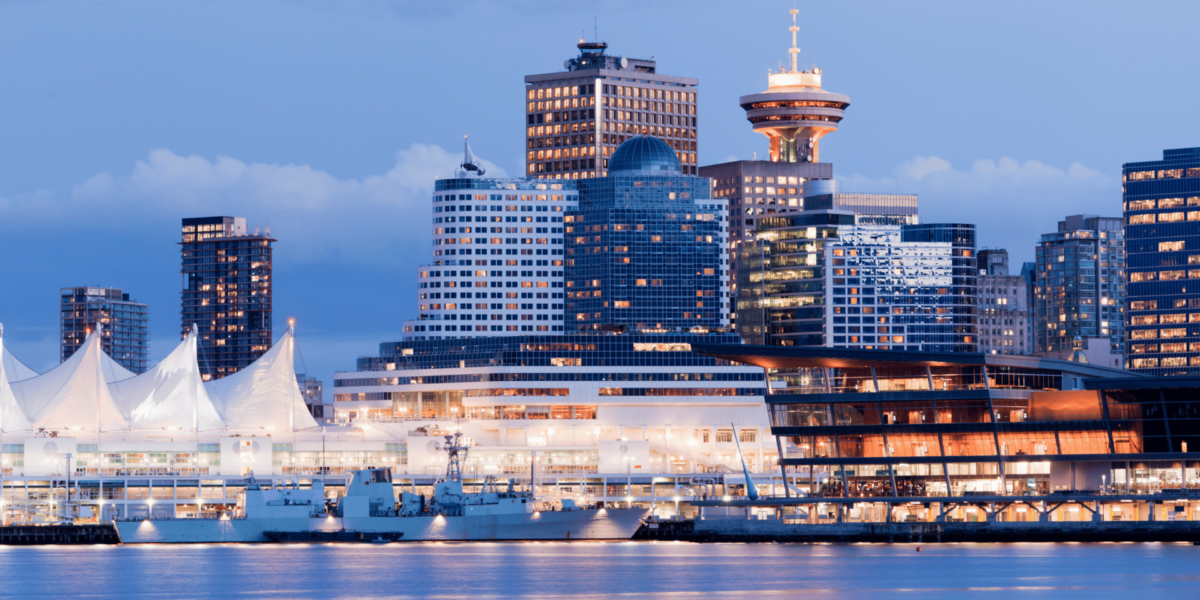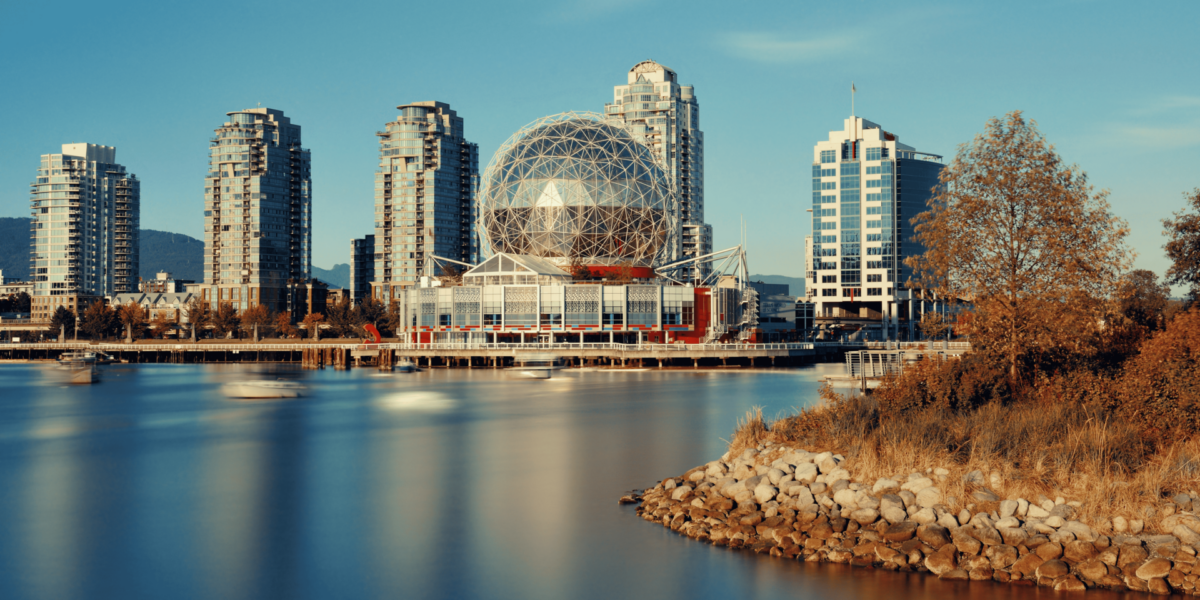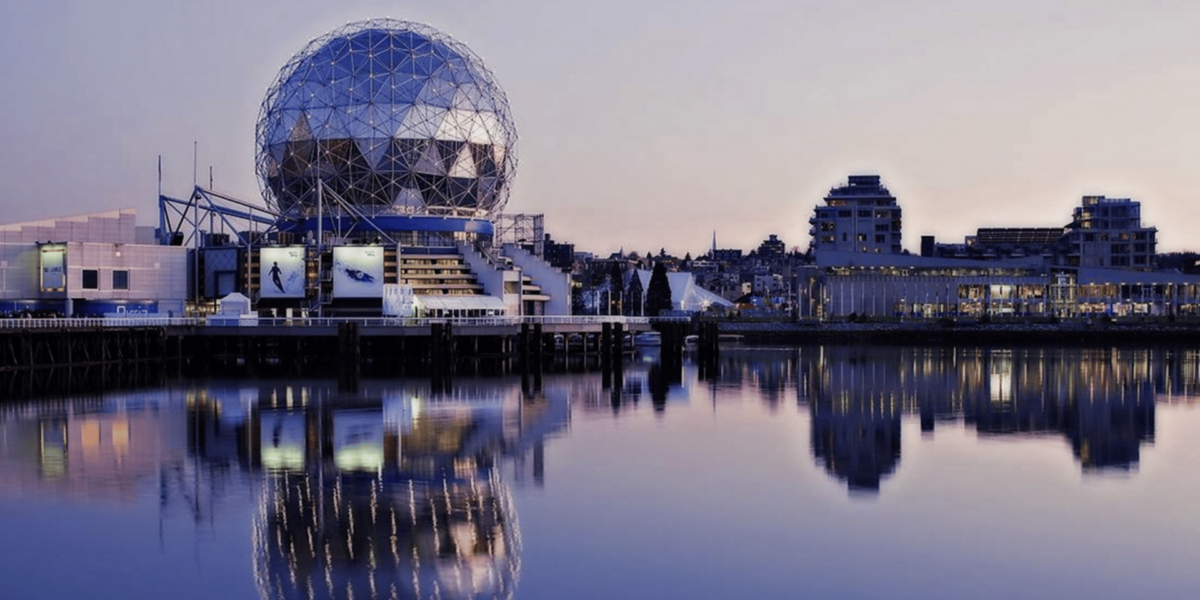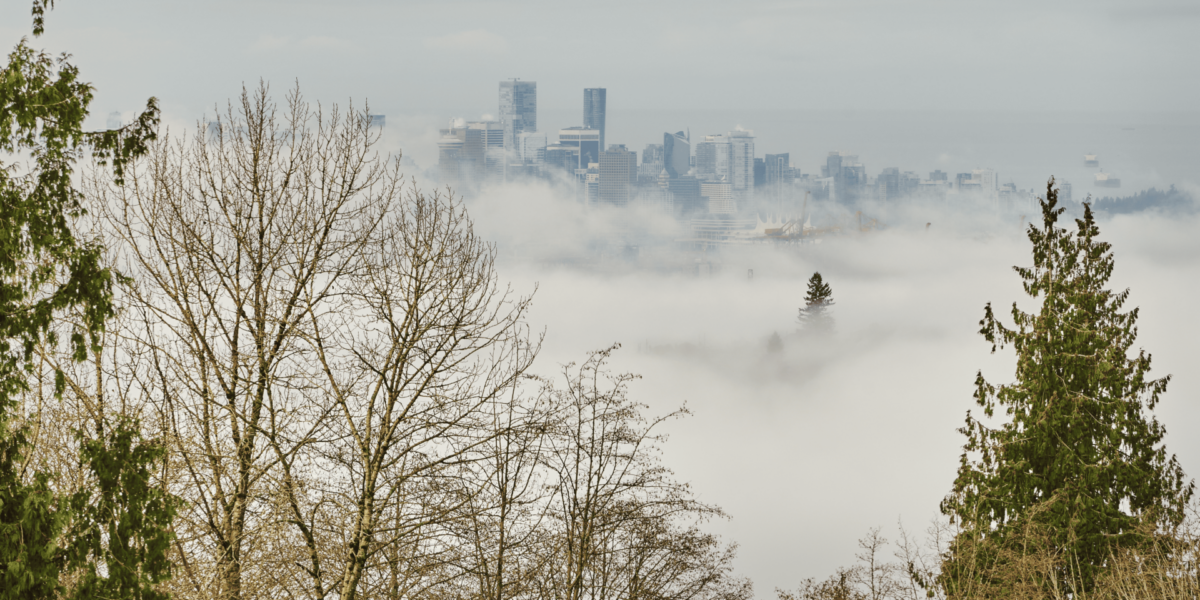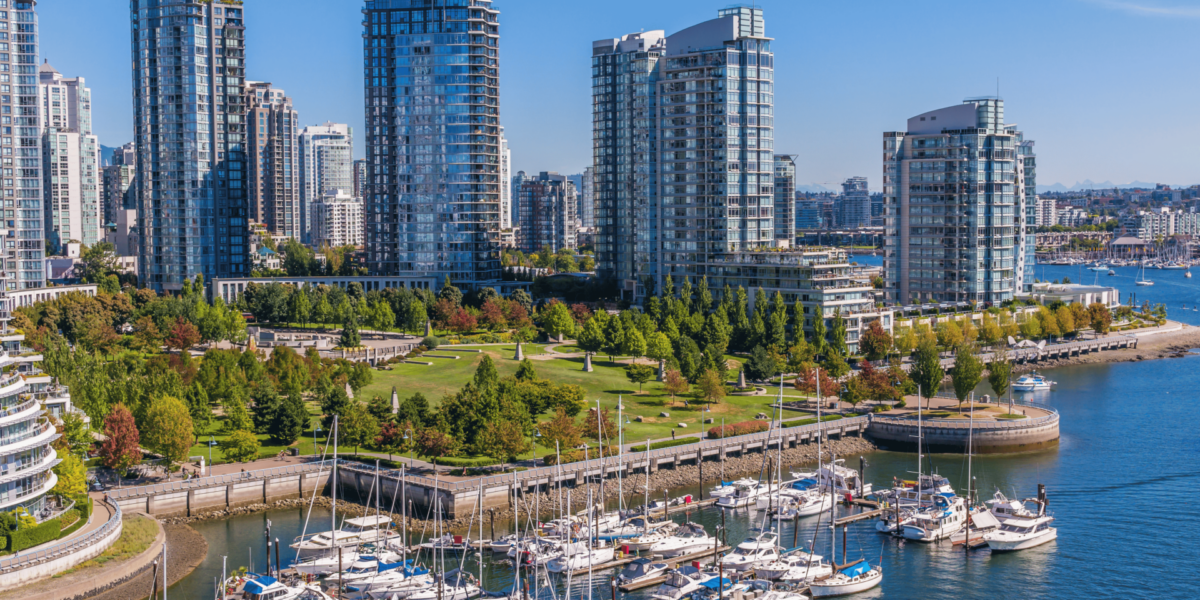False Creek, a narrow inlet in the heart of Vancouver, transforms on foggy mornings. The early mist softens the city’s edges, wraps bridges in haze, and turns water into a muted mirror. These quiet hours reveal a different version of the city—still, reflective, and unhurried.
Why Fog Makes False Creek Visually Striking
Morning fog changes the way light behaves around False Creek. Buildings fade into the background, and details shift focus to closer objects like docks, boats, and the water’s surface. The fog creates depth, adding layers to every scene and drawing the eye through the frame.
From the seawall path near Olympic Village, the skyline loses its sharp edges. A bridge appears, half-visible, its lines fading into a curtain of mist. This change in clarity pulls attention toward motion—gentle ripples on the water or the slow paddle of a lone kayaker passing through the silence.
Where to Position Yourself for the Best Viewpoints
To capture the fog in False Creek, location and timing matter. The area around Science World offers a wide field of view with reflective water and surrounding glass structures. The Cambie Street Bridge, when partially hidden by fog, becomes a central visual anchor. On foot or by bike, the seawall allows access to multiple vantage points without interruption.
In a quiet stretch near Habitat Island, a person pauses beside the railing. Their breath rises into the cold morning air, barely visible. Across the water, the high-rises of Yaletown blend into pale gray. The stillness isn’t empty—it holds motion in slow form, waiting to be noticed.
How Light Conditions Shift During Foggy Mornings
The sun rises behind a veil of clouds on foggy mornings, which creates diffused light. This soft lighting reduces contrast and flattens color, making textures and silhouettes more important in a photo or visual observation. Streetlights and building windows stay lit longer, glowing against the pale sky.
As the morning progresses, the fog lifts in slow layers. Light starts to bounce off the water, and reflections take shape. This transition—gradual and quiet—builds a narrative in real time. The scene never stays the same for long, which is why timing is so important for photographers and observers.
What Equipment Works Best for Fog Photography
Photographing fog over False Creek requires equipment that handles low light and subtle tones. A camera with a strong dynamic range captures both the soft highlights of the sky and the darker shapes in the foreground. A standard zoom lens gives flexibility for wide shots and tighter frames.
Because fog adds moisture to the air, it’s important to protect your gear. A weather-sealed body helps, but even a protective cover or lens hood can prevent water from clouding your view. A small microfiber cloth in your pocket makes it easy to wipe away condensation between shots.
Framing Subjects in Low-Visibility Conditions
Fog limits how much you can see, which makes framing more deliberate. Instead of wide, detailed scenes, foggy conditions highlight outlines and movement. Boats on False Creek become focal points not because of their color, but because of their shape and direction.
A person standing on the edge of a dock becomes a silhouette against a soft background. Their stillness creates contrast with the flowing water. The visual weight of the scene comes from what’s missing as much as what’s present—less detail allows more room for mood.
Using Fog to Create a Mood in Visual Storytelling
Fog adds a calm, sometimes eerie tone to images and scenes. Over False Creek, that tone feels natural. The usual noise of the city fades. Traffic slows. Footsteps on wet boardwalks echo differently. This creates an atmosphere where every small motion gains meaning.
In a moment near the Plaza of Nations, a cyclist slows down, tires hissing over damp pavement. Their shape passes through the fog, then disappears. Nothing feels rushed. Fog doesn’t just cover—it reveals how the city breathes when it’s quiet.
Editing Foggy Morning Images for Impact
Post-processing fog images requires a gentle touch. Increase contrast slightly to define shapes, but avoid over-sharpening. The softness is part of the mood. Adjust white balance toward cool tones to match the natural light. Use subtle clarity changes to bring out surface textures in water or nearby structures.
Vignetting around the edges can guide the viewer’s eye inward, especially when the frame lacks a natural border. If shooting in RAW, recover highlights and pull out shadow detail to preserve depth without losing the misty effect. The goal is to support the original feeling, not replace it.
Staying Safe and Ready During Early Morning Shoots
False Creek is generally safe, but fog can reduce visibility for both pedestrians and cyclists. Stick to the well-lit seawall paths, and wear bright clothing if you’re walking near intersections or crosswalks. Carry only what you need and keep gear close at hand. Weather can shift quickly, especially in colder seasons.
Keep your phone charged and be aware of your surroundings, especially near docks or slippery wooden paths. While the mood is calm, water edges and low railings can become hazards when visibility drops. Early mornings also mean fewer people around, so let someone know where you’re heading if you plan to explore solo.
Why False Creek’s Foggy Mornings Are Worth Documenting
False Creek doesn’t always look the same. On clear days, the area is bright and reflective, filled with motion. On foggy mornings, it slows down, revealing details that usually get lost in daylight. Mist wraps the skyline, softens movement, and adds atmosphere without distraction.
This shift makes foggy mornings valuable for anyone drawn to mood and tone. It’s not just a visual experience—it’s a sensory one. The silence, the moisture in the air, the quiet ripple of a docked boat—all combine into a moment that speaks without sound. Capturing that moment, whether by camera or memory, connects you to the city in a different way.
